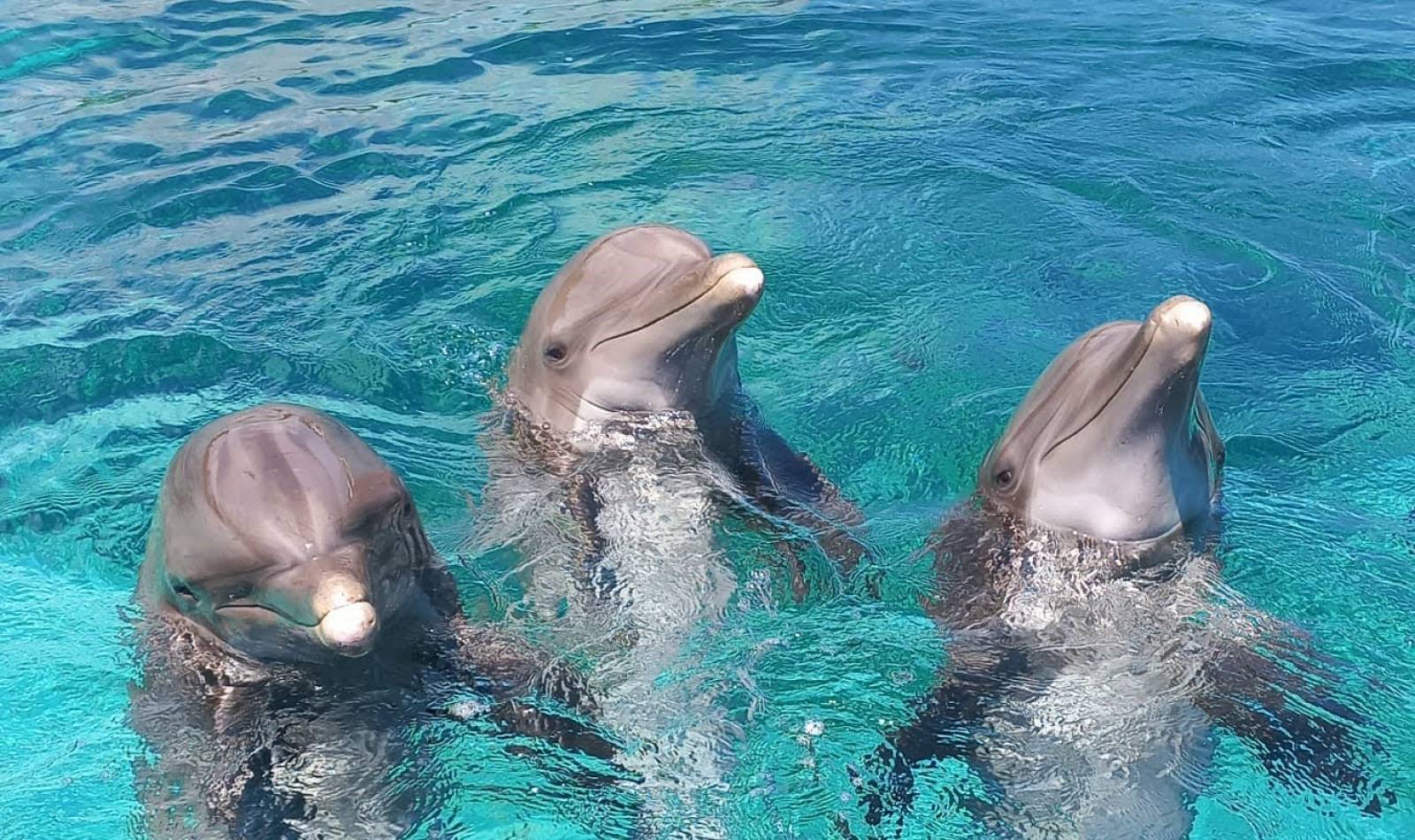
A mother's love exists across all species, spanning every herd, flock, den and nest. From birth, animal mothers take care of their young. The maternal instinct among marine life at the Atlantis Paradise Island is just as strong as in humans. We are all biologically programmed to preserve our species by protecting and caring for our offspring.
Dolphins and sea lions may not have cribs or pacifiers, but their motherly love is just as strong and heart-warming to witness.
Jackie came to the Dolphin Cay marine habitat at Atlantis after getting stranded during Hurricane Katrina. Now age 55, she is the matriarch of her pod of offspring, which includes Toni (33), Elijah (21), Bimini (14, born at Dolphin Cay), and Rose (7, born at Dolphin Cay).
What better way to show mom you love her than by sharing the experience of a lifetime?
Swim with dolphins, hand-feed exotic marine life, mingle with stingrays and much more.
Every visit to Dolphin Cay supports the Atlantis Blue Project Foundation, a non-profit bringing real, viable solutions to marine conservation challenges from coral reef degradation to marine species in decline.
Your dream Bahamas vacation is closer than you think. Book your last-minute getaway, save up to 30% and unwrap paradise this season.
Your dream Bahamas vacation is closer than you think. Book your last-minute getaway, save up to 30% and unwrap paradise this season.
Make 2026 the year you say yes to adventure, relaxation, and to the unforgettable at Atlantis Bahamas. Book today and unlock; up to 35% off, complimentary daily breakfast for two.*
Make 2026 the year you say yes to adventure, relaxation, and to the unforgettable at Atlantis Bahamas. Book today and unlock; up to 35% off, complimentary daily breakfast for two.*

